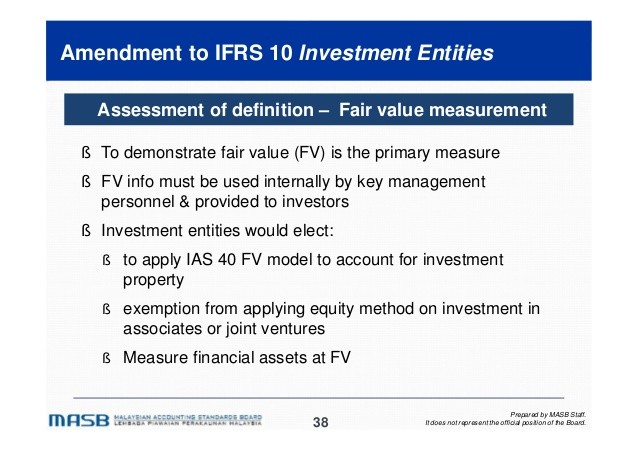How to Assess the Values of Real Estate Investment Trusts For Dummies
Post on: 31 Май, 2015 No Comment

Because Real Estate Investment Trusts (REITs) arent your average, everyday dividend stocks, using the criteria from other investments to evaluate them makes little sense. Determining the value of real estate assets requires a unique set of criteria. When shopping for REITs, examine the following factors:
Geography: A propertys value and rent-generating potential are both closely linked to the propertys location. Look for REITs that invest in areas with growing populations and thriving economies. Typically, areas located in the Sun Belt rather than the Rust Belt tend to be better bets, but keep in mind that every area of the country and even an area within a town or city has hot and cold spots. For example, after the popping of the housing bubble, many areas of the Sun Belt are no longer good investments. Carefully research an area before buying a REIT that invests heavily in that area.
Property type: Office and industrial properties charge higher rents, but tend to suffer more in a recession as occupancy rates decline when companies go out of business. Residential and retail buildings tend to charge lower rents, but are more resistant to tough economic times.
Diversification: Is the trust well diversified? Many REITs focus on just one sector of the market commercial, industrial, or residential or just one local market. Because not all real estate markets move together, diversification is a good thing.
Occupancy trends: An increasing occupancy rate is a good sign. In real estate, high vacancy rates can wipe out profits. Find out the vacancy rate for the properties the REIT holds and determine the direction the vacancy rate is moving up or down. Although a vacancy rate of more than 10 percent may affect a REITs ability to pay dividends, the trend is more important than the actual figure. Beware if vacancies are on the rise.
Tenant concentration: Determine whether the bulk of the REITs income comes from just one type of tenant or industry or a wider range. If the REIT invests only in gas stations or only in strip malls, its profits may be tied too closely with the health of a particular industry or location. Research not only the REIT and type of real estate it owns but also the tenants industry. If that industry is stable and growing, investing in a REIT that serves this particular industry may be a good thing. If the industry or geographical area is suffering, the REIT may be a dud.
Management: The reputation, strength, and skill of the companys managers are just as important, if not more so, than the type of building. Check for managers that have an excellent track record for picking properties with high potential for capital appreciation, purchasing them at bargain prices, and then managing the properties for maximum profitability.
Credit rating: Because most property is bought with borrowed money, make sure the REIT has an excellent credit rating, so it can borrow money at competitive interest rates.
Lease duration: Ask management about the average lease duration of its holdings. Single-year leases give landlords the ability to raise rents regularly, but they also provide tenants with an easy out. Multiyear leases lock in tenants and provide a predictable revenue stream on which you can base expectations of steady dividend payments.
Funds from operations: Perhaps the most important factor to consider is the REITs funds from operations (FFO), which provides an indication of how much money the REIT has available to fund dividend payments.
- Add a Comment Print Share














